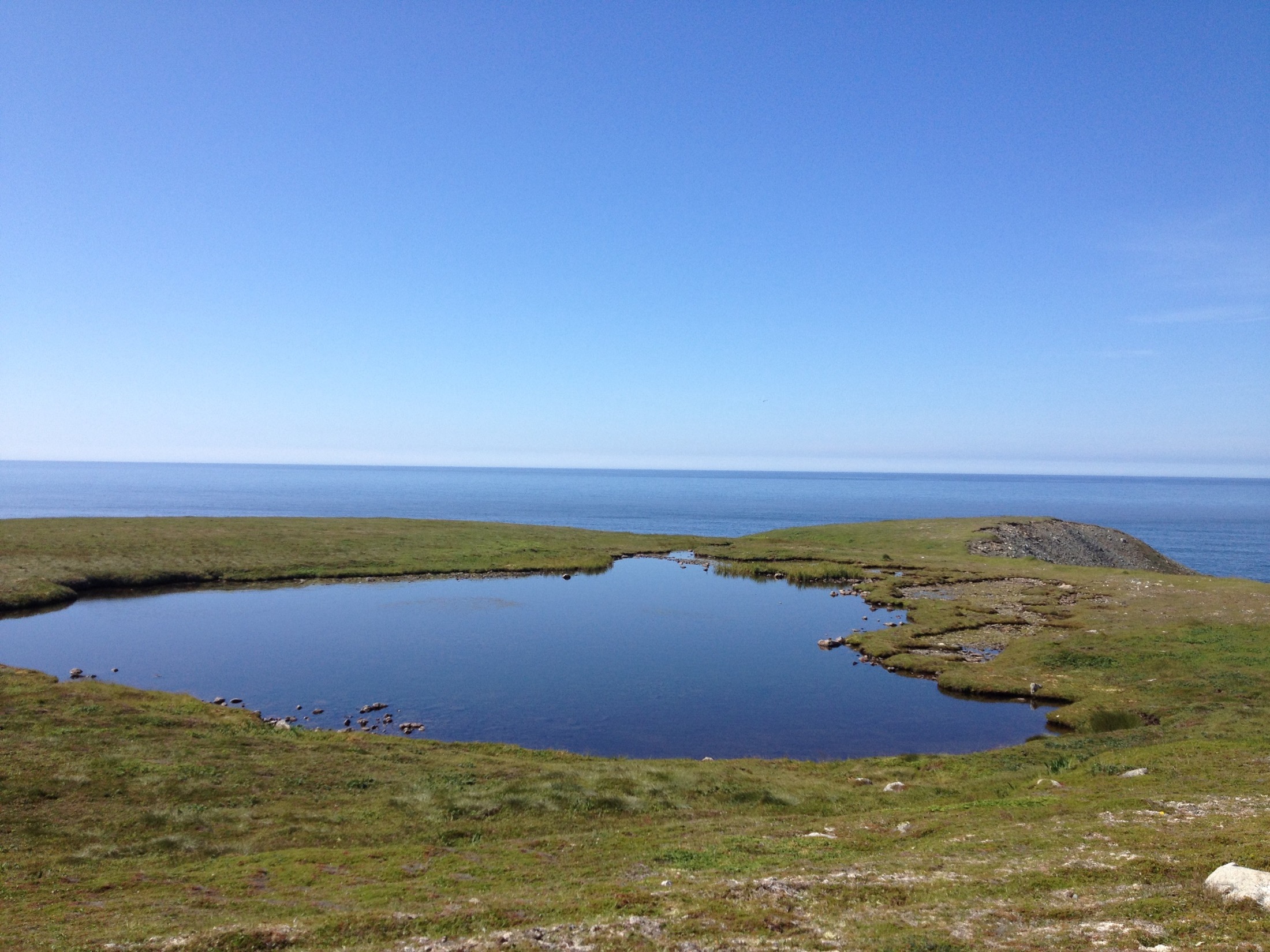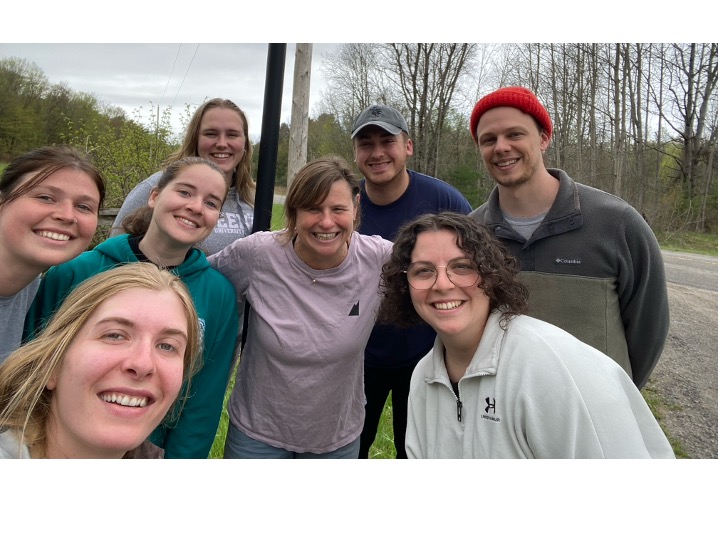Ecology and evolution
of aquatic ecosystems
Research in the derry lab
Our research program is at the interface between ecology and evolution, with the goal of understanding mechanisms that explain the maintenance of biodiversity in aquatic ecosystems. We focus on the effects of historical and current anthropogenic stressors on the ecology and evolution of populations and communities, and how these interactions may feedback to influence aquatic ecosystem function.
- Ecological and Evolutionary Responses to Environmental Change
Our research combines advances in molecular ecology with paleolimnological techniques for understanding ecological and evolutionary responses to environmental change. In many cases, our paleolimnological studies are complimented by spatial lake surveys and/or field experimental studies for contextualising biological responses over time with ecological patterns at landscape scales, or for examining mechanistic explanations for temporal patterns.
- Whole Lake Studies of Lake Management Practices
My lab applies replicated whole-lake manipulation studies to understand the extent to which lake management practices such as fisheries harvest, chemical invasive species removal, native species re-stocking, and physical habitat enhancement alter contemporary food web interactions – and eco-evolutionary dynamics – in lakes. For these, we are employing a combination of classic (dietary stable isotopes) and emerging (fatty acid profiles) food web approaches, as well as advancing the application of aqueous environmental DNA (eDNA) for quantifying freshwater fish population abundance and biomass in lakes.
Alison Derry, Professor
141 Avenue President Kennedy, Département des sciences biologiques
Université du Québec à Montréal, Montréal QC Canada H2X 1Y4
Tel: 514-987-3000 ext. 3496 | derry. alison(at)uqam.ca
Three main research objectives
whole lake manipulations
Ecological and evolutionary responses to environmental change
Eco-evolutionary feedbacks



